Lab Techniques Every Researcher Must Know – Top 10 List
A Researcher on average spends 4-5 years of his life in the laboratory. The entire time is dedicated to setting objectives, designing experiments, conducting experiments, recording and analyzing experiment outcomes, interpreting and concluding the experiment outcomes for publishing the results. Among all the most important step is conducting experiments that are practical, unlike the rest which are theoretical and are feasible. In order to find the best results for the experiments, it is essential to be very crafty with the instruments and to be skillful with wet-lab techniques.
A life science researcher has the liberty to choose any field of research based on their interest from the wide array of research areas such as molecular biology, cell biology, genetics, biochemistry, and animal or plant biotechnology. Each field has its own set of experiments requiring different techniques and the use of different lab instruments. But as no matter whatever words you want to write you must learn the alphabet first, in a similar manner each researcher needs to learn some useful lab techniques to be efficient in wet-lab experiments.
In this article let’s have a look at Lab Techniques Every Researcher Must Know – Top 10 List
Table of Contents
1. Blotting Techniques
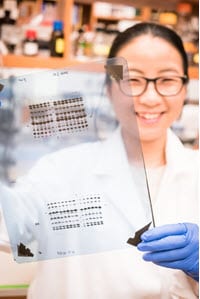
- Southern Blotting – widely used in gene mapping, gene discovery, analysis of genetic patterns and in Transgenic, Forensic & evolutionary studies.
- Northern Blotting – gene expression analysis at mRNA level, also used in the study of RNA degradation, RNA splicing & determining RNA half-life.
- Western Blotting – identification of specific antibody in complex, Confirmatory testing for HIV, Hepatitis B infection & mad cow disease.
Other alternative blotting techniques are also available based on the experiment requirement. Looking at its wide range of applications it is a must-learn lab technique for all who want to build a career in research. Only theoretical knowledge is not going to suffice, sufficient hand-on training experience with all types of blotting techniques will help you conduct experiments & research at much ease in your Ph.D. or at Work.
2. Techniques For Extraction & Storage of Biomolecules
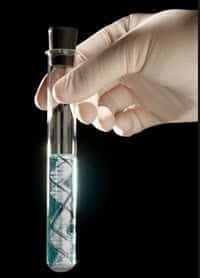
3. Gel Electrophoresis
For any molecular analysis such as analyzing DNA, RNA and protein have to be done by gel electrophoresis. So it is important to learn using the electrophoretic apparatus and also to cast the gel properly. The quality of gel will provide a transparent and accurate result. 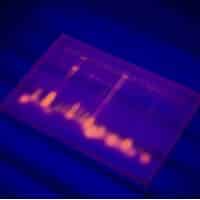
Some key applications of the technique are listed below:
- In the separation of DNA fragments for DNA fingerprinting to investigate crime scenes
- To analyze the results of polymerase chain reaction
- To analyze genes associated with a particular illness
- In DNA profiling for taxonomy studies to distinguish different species
- In paternity testing using DNA fingerprinting
- In the study of the structure and function of proteins
- In the analysis of antibiotic resistance
- In blotting techniques for analysis of macromolecules.
- In the study of evolutionary relationships by analyzing genetic similarity among populations or species
Though this lab technique is taught at graduation level itself to all life science students, it’s very limited. One must be thorough with the entire Gel Electrophoresis protocol, including the process, its limitations, error rate & applications. This technique once mastered will be with you till you are into the research field.
4. Microscopic techniques
Looking deeply and clearly is very important in the field of science as in this field for every statement you make, you should always have reliable experiments and results justifying the statements scientifically. A microscope is used widely in a huge myriad of topics in science specifically to understand life at its core and to carry out crucial experiments. With the constant advancement in the field of microbiology, we can visualize from bacterial, plant, and animal cells to the structure of macromolecules present inside the cell.
Remember the first day in the college laboratory when you were able to see a beautiful 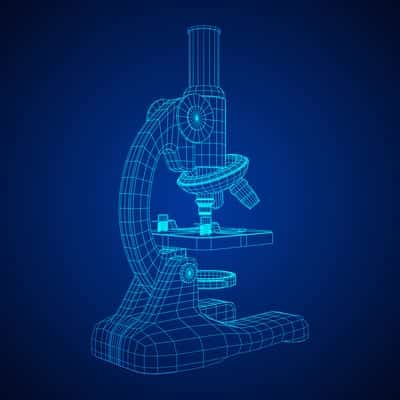
In the most advanced recent technologies, which are being used to construct microscopes, the most fascinating ones are the real-time complex ones that give live footage regarding the interactions between organisms and intracellular dynamics. These real-time microscopes can also record these engaging phenomena. Like in IISER, Pune Dr. Milind Watve had demonstrated how predation occurs in microbes with the help of one such real-time microscope which also helped him to understand various novel phenomena occurring around this idea. Looking back in history as well, complex and crucial scientific events have been discovered with the help of a microscope. To name a few, the following are some of the interesting lists of such events discovered with the help of a microscope:
- Krebs Cycle by Hans Krebs (1937)
- Cell division by Walther Flemming (1879)
- Neurotransmission (between the late 19th century and 20th century)
- Photosynthesis and cellular respiration by Jan Ingenhousz in the 1770s
“An eye of science” a precise description is given to the word microscope. The microscope was, is, and will always be the right hand of science and hence every researcher should consider having an optimum knowledge in this vast field in order to progress and understand science at a minuscule level.
5. Polymerase Chain Reaction
This is one of the most important techniques in the field of molecular biology. It is not only a revolutionary technology but is also very cost-effective – using which millions of DNA copies can be developed with just one single DNA strand as a base. The polymerase Chain Reaction technique is widely used in both medical & biochemical laboratories – is a prime part of almost all types of experiments. A few of its applications are listed below:
- DNA sequencing
- Chai Bio -Open QPCR – Purchase @ labs.biotecnika.org
- Detection of genetic mutations
- Cloning & expression profiling
- Tissue typing during organ transplantation procedures
- Genetic fingerprinting
- miRNA research
- Parental testing – in forensic cases
- Formulation of cancer therapy treatments
- Early detection of various types of cancer & HIV
- DNA sequencing, cloning & gene expression
Well, these applications are just a few out of several others. For one with a dream of making a mark in the research community, this lab technique will be an asset for you. Highly advanced PCR machines are being developed by manufacturers globally – one must know about them as well. In short, keep updated yourself with the latest advancements & changes in terms of PCR machines, Technique & usage by referring to research papers & research trends.
6. Cell Culture Techniques
Culturing of bacterial cells, plant, and animal cells are highly essential for microbial, cellular, and molecular biology. Microbial culture is of the best techniques to study the physiology, biochemistry, and genetics of microbes along with the antibiotic screening. Also, microbes can be tested for the development of essential metabolites that can be implemented for the commercialization of the product on a large scale. Microbes specialized in the degradation of certain chemicals. Animal and plant cell culture is essential for studying cellular metabolism and the most effective method for studying the impact of drugs and chemicals.
Cell culture can be used to study mutagenesis and carcinogenesis by application of potent mutagens. The cells can also be screened for drug discovery and development. Learning this technique is one of the essential requirements of cell biology laboratories. Maintaining a sterilized environment, using suitable media, incubation, and storage of cells, subculturing at appropriate times is crucial for cell culture. Cell culture techniques include the knowledge of:
- Design and Equipment for the Cell Culture Laboratory
- Safety Aspects of Cell Culture
- Sourcing of cell lines
- Cell Types & Culture Characteristics
- Storage of cells – cryopreservation
- Cell Culture Protocols
- Authentication of cell lines
7. Spectroscopic Techniques
UV-visible and mass spectroscopes are mostly used for both qualitative and quantitative studies of biomolecules such as proteins. Nucleic acids etc. UV-Vis is used in molecular biology as well as microbial studies as it is possible to assess the quantification, purity of proteins and nucleic acids as well as determining the microbial growth curve. Similarly, mass spectroscopy is used for the determination of the molecular weight of proteins. NMR is used for structure refinement, prediction of protein structure, to understand the mechanism of the secondary structure of a protein by protein folding, conformational dynamics, DNA/RNA simulation, protein simulation, etc. Some of the chromatography techniques & their types are mentioned below.
- UV- Visible – Qualitative and quantitative assay of proteins, nucleic acids
- Circular Dichroism – Secondary, tertiary structures of proteins
- Atomic Absorption Spectrophotometer – Detection of metal ions in biological samples
- NMR – Structure of large organic molecules
- IR – Analysis of functional groups in compounds
8. Chromatography Technique
Chromatography is based on the principle of exploitation of the partition effect that distributes the molecules into different phases thus complex mixture broken into individual components. In most of the chromatography lab techniques, a stationary phase and a mobile phase is used for separating the molecule. So in other words chromatography is a set of techniques used to separate biological molecules based on their partitioning between a stationary and a mobile phase.
- Thin layer chromatography is used to separate proteins amino acids etc.
- Ion exchange chromatography is a commonly used chromatographic method for separating the charged molecules such as proteins, polypeptides, nucleic acids, and others. The principle of ion-exchange chromatography is the two-way exchange of the (ions) present in the solution with those electrostatically bound to the insoluble support medium.
- Affinity chromatography techniques are based on separating proteins as there is the specific binding of the protein to their ligands or receptors. Some of the receptors or ligands, for instance, the antigenic epitopes and the active sites of enzymes exhibit high specificity to the protein of interest, and affinity chromatography takes advantage of these biospecific interactions for Protein purification essentially in one step.
- Size exclusion chromatography. – Proteins are separated based on their size. When protein molecules pass through the gel the smaller the size the more they get stuck through the sieve or gel hence elute later. Large molecules elute faster they move avoiding the pores in the gel.
- High-Pressure Liquid Chromatography: In HPLC silica-based beads are used instead of polysaccharide bead. Because of high pressure and smaller size of the silica beads, this gives a higher number of theoretical plates resulting in superior resolving power to separate complex biological samples. Reversed-phase chromatography (RP-HPLC) uses resins with small hydrophobic groups attached.
B.sc / B.tech / M.sc / M.tech Biotech / Life science candidates need to learn the protocols of a flow cytometry lab technique in your academics, but don’t forget to get a hands-on experience on it too. Join a lab as an intern or do an internship or short course based on this topic. It will not only be an add-on for your CV but will also be extremely helpful in your research career or higher study ahead.
9. Flow cytometry
This is a useful technique for cell sorting i.e separating different types of cells from a heterogeneous mixture of cells. This instrument is so sophisticated that it can be used to identify multiple physical characteristics of a single cell. The principle depends on the light scattering properties of the cell of your interest which is tagged with either dye or monoclonal antibodies on the cell surface or some specific intracellular molecules.FACS allows the study of multiple populations of cells within a limited time. This instrument is highly essential for cell biology and animal/plant tissue culture laboratories. Thus candidates seeking a research career in these areas – get hands-on experience on this technique soon.
Flow Cytometry Technique Master Certification Course
10. Bioinformatics Tools
Apart from being efficient in wet-lab techniques, researchers who work in the field of genomics, proteomics should have a thorough idea regarding soft lab skills as well. For say to compare sequence homology – BLAST, to predict protein structure – Rasmol, for designing primersNEB cutter, etc these tools are important to be learned. As most genomic and proteomic work needs updated information, so researchers should be in practice with accessing molecular and biotechnology databases for any updated information. Bioinformatics altogether is a vast subject – with loads of individuals techniques like Molecular docking, Molecular Modelling, Programming languages like – Python, C, C++, SQL, and the list is endless.
The Most Popular – Bioinformatics Methods & Tools Master Course
Candidates interested to be extremely successful in their research career, comprehensive knowledge of Bioinformatics tools are a must. It is an emerging interdisciplinary research field and is progressively getting used in all types of research be it – cancer research or human genome mapping. Thus start acquiring knowledge on Bioinformatics tools & techniques early in your career.
Molecular Modelling 4 Days Online Workshop
While these are some of the common Lab techniques every researcher must be thorough with, yet there are many more techniques in this vast field of bioscience like – NGS, CRISPR, etc – knowledge about which can also be gained eventually
In addition to these instrumental & lab techniques, some general laboratory techniques have to be learned. These simple techniques include sterilization by autoclaving, cleaning of apparatus, common reagent preparations, use of a centrifuge, laminar airflow, media preparation, plating and culture of microbes, serial dilution, optimization of different apparatus, water bath, making cotton plugs for culture tubes, etc. These techniques usually learned after practical exposure in the laboratory only. But before starting your career, a researcher has to be technically sound in all.



























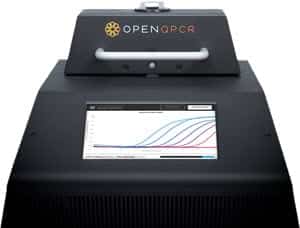
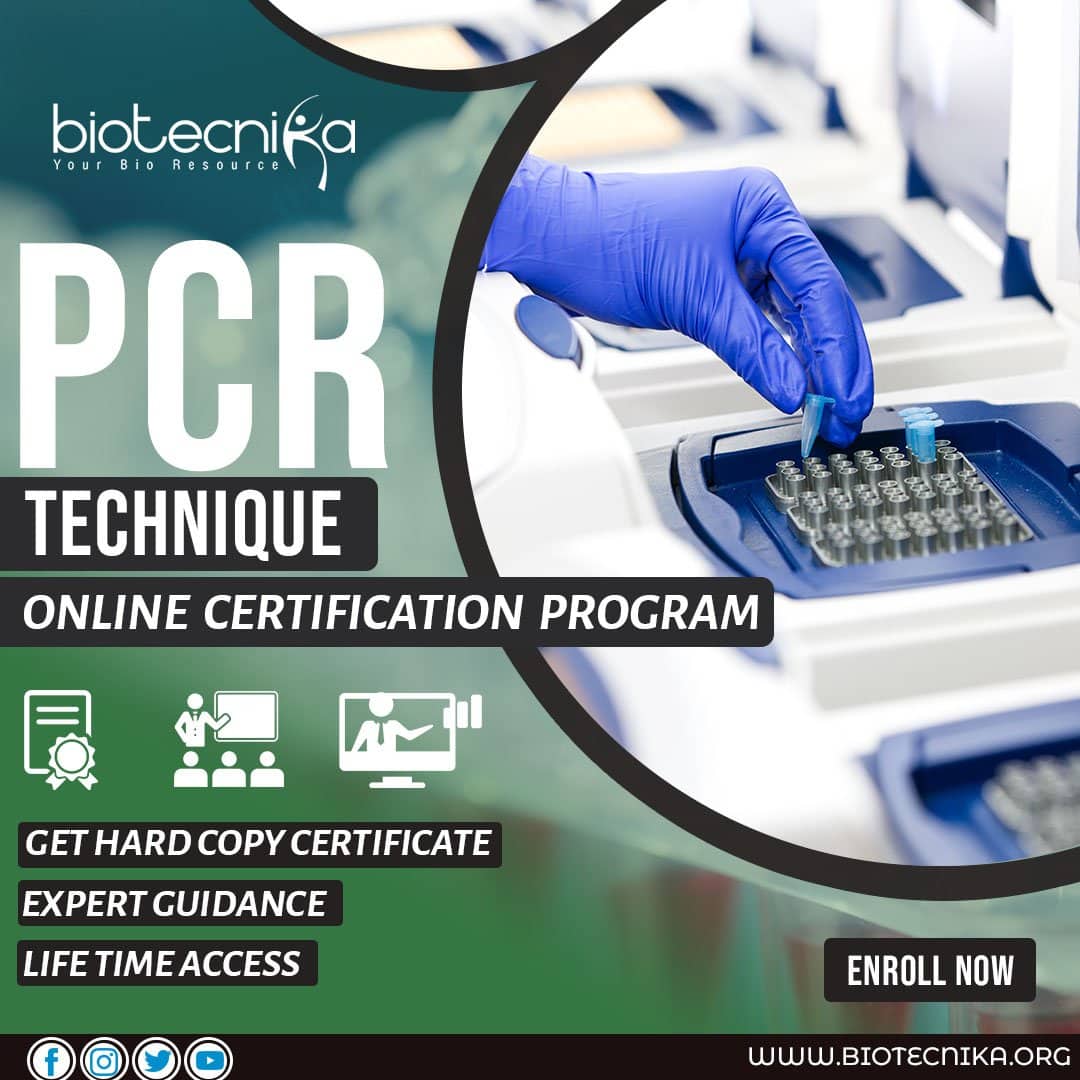

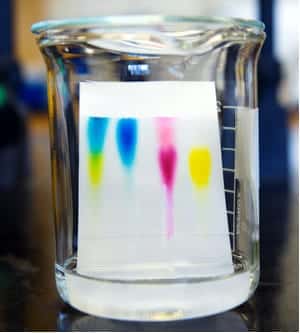


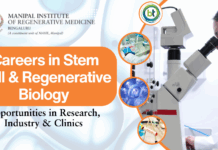






Worthy article
I done my biotechnology from Mumbai University. I want to this job.
I had done my msc in molecular biology and genetic engineering. I want to stay in that field.
I am complete the BSc. Microbiology from pondicherry university.. I want to this job. 1